The defective gut colonization of Candida albicans hog1 MAPK mutants is restored by overexpressing the transcriptional regulator of the white opaque transition WOR1
- PMID: 36760104
- PMCID: PMC9928469
- DOI: 10.1080/21505594.2023.2174294
The defective gut colonization of Candida albicans hog1 MAPK mutants is restored by overexpressing the transcriptional regulator of the white opaque transition WOR1
Abstract
The transcriptional master regulator of the white opaque transition of Candida albicans WOR1 is important for the adaptation to the commensal lifestyle in the mammalian gut, a major source of invasive candidiasis. We have generated cells that overproduce Wor1 in mutants defective in the Hog1 MAP kinase, defective in several stress responses and unable to colonize the mice gut. WOR1 overexpression allows hog1 to be established as a commensal in the murine gut in a commensalism model and even compete with wild-type C. albicans cells for establishment. This increased fitness correlates with an enhanced ability to adhere to biotic surfaces as well as increased proteinase and phospholipase production and a decrease in filamentation in vitro. We also show that hog1 WOR1OE are avirulent in a systemic candidiasis model in mice.
Keywords: Candida albicans; Hog1; MAPK; Wor1; commensalism; gut colonization.
Conflict of interest statement
No potential conflict of interest was reported by the authors.
Figures
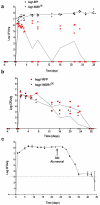
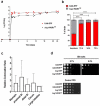
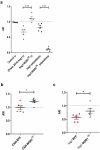
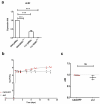
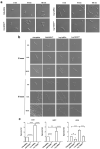
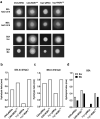
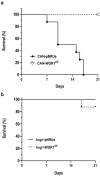
Similar articles
-
Wor1-regulated ferroxidases contribute to pigment formation in opaque cells of Candida albicans.FEBS Open Bio. 2021 Mar;11(3):598-621. doi: 10.1002/2211-5463.13070. Epub 2021 Feb 18. FEBS Open Bio. 2021. PMID: 33350590 Free PMC article.
-
Discovery of a "white-gray-opaque" tristable phenotypic switching system in candida albicans: roles of non-genetic diversity in host adaptation.PLoS Biol. 2014 Apr 1;12(4):e1001830. doi: 10.1371/journal.pbio.1001830. eCollection 2014 Apr. PLoS Biol. 2014. PMID: 24691005 Free PMC article.
-
MTL-independent phenotypic switching in Candida tropicalis and a dual role for Wor1 in regulating switching and filamentation.PLoS Genet. 2013 Mar;9(3):e1003369. doi: 10.1371/journal.pgen.1003369. Epub 2013 Mar 21. PLoS Genet. 2013. PMID: 23555286 Free PMC article.
-
Morphogenetic transitions in the adaptation of Candida albicans to the mammalian gut.Microbes Infect. 2024 Mar-Apr;26(3):105253. doi: 10.1016/j.micinf.2023.105253. Epub 2023 Nov 15. Microbes Infect. 2024. PMID: 37977323 Review.
-
Regulation of white-opaque switching in Candida albicans.Med Microbiol Immunol. 2010 Aug;199(3):165-72. doi: 10.1007/s00430-010-0147-0. Med Microbiol Immunol. 2010. PMID: 20390300 Review.
Cited by
-
Molecular association of Candida albicans and vulvovaginal candidiasis: focusing on a solution.Front Cell Infect Microbiol. 2023 Oct 13;13:1245808. doi: 10.3389/fcimb.2023.1245808. eCollection 2023. Front Cell Infect Microbiol. 2023. PMID: 37900321 Free PMC article. Review.
References
Publication types
MeSH terms
Substances
Supplementary concepts
LinkOut - more resources
Full Text Sources
Other Literature Sources
